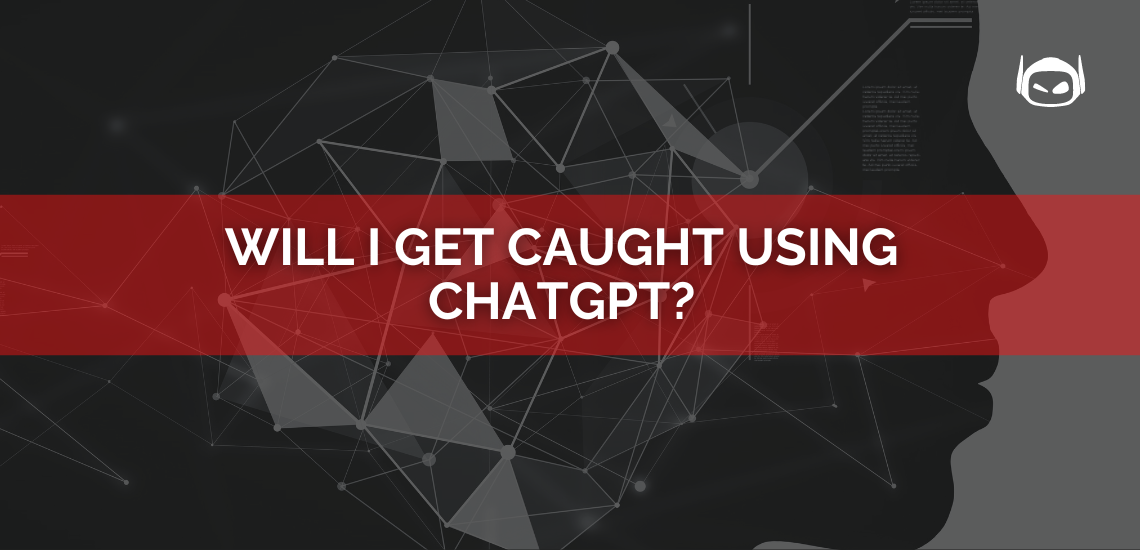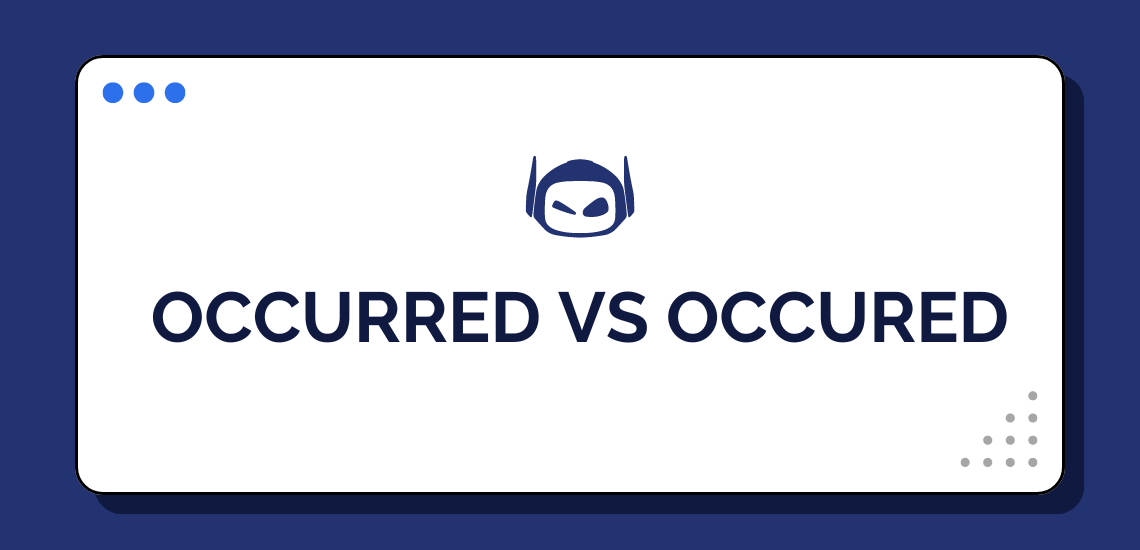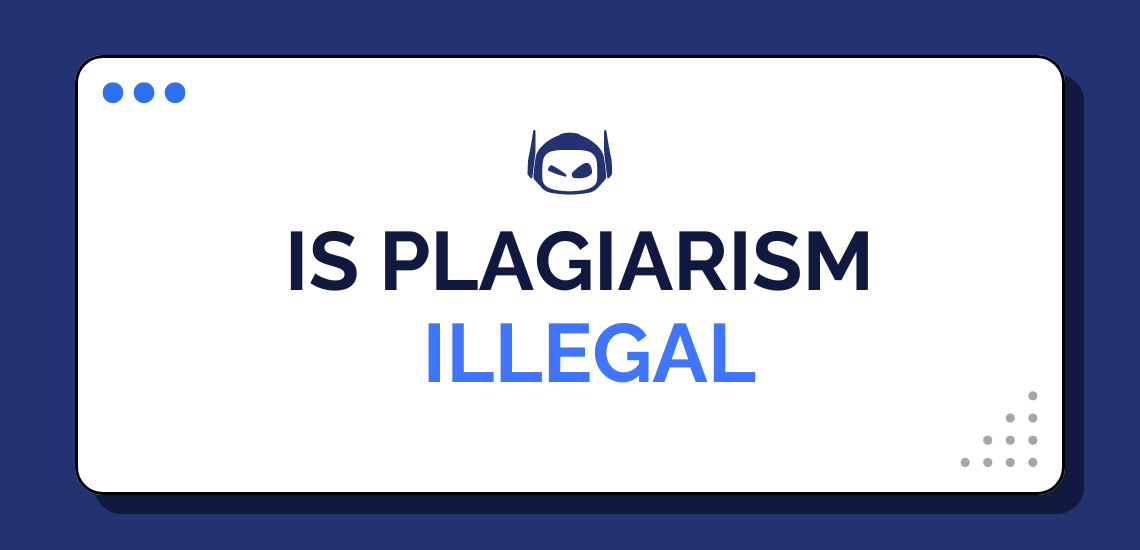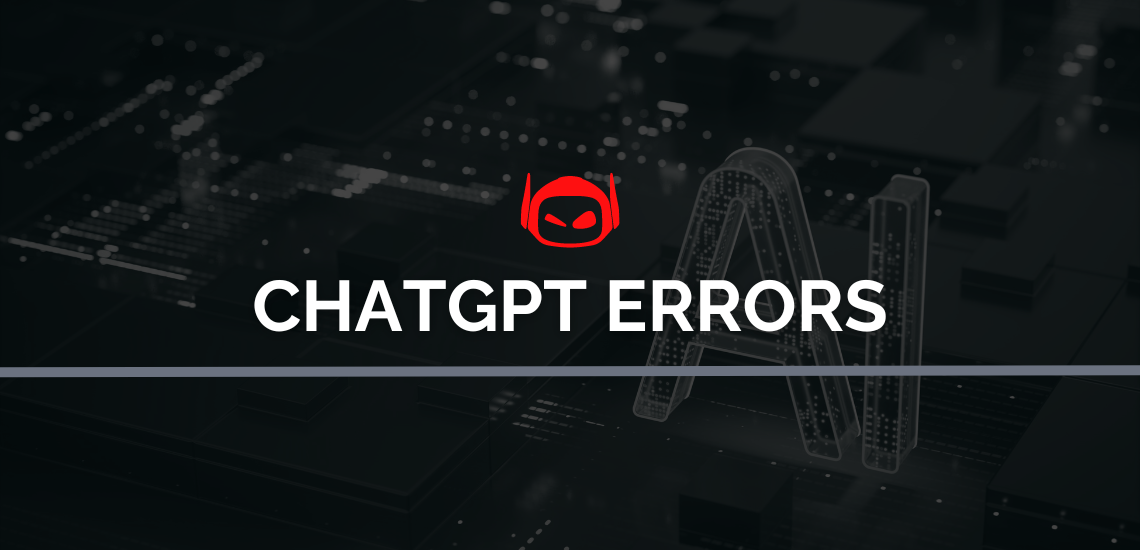
General Guide About Content and Writing
Are you wondering, “Will I get caught using ChatGPT?” In...

General Guide About Content and Writing
It’s easy to use the wrong spelling with so many...

General Guide About Content and Writing
Do you want to use AI content but are worried...

Plagiarism is copying someone else’s work. The phrase is common...

ChatGPT is an incredible tool that helps users with a...